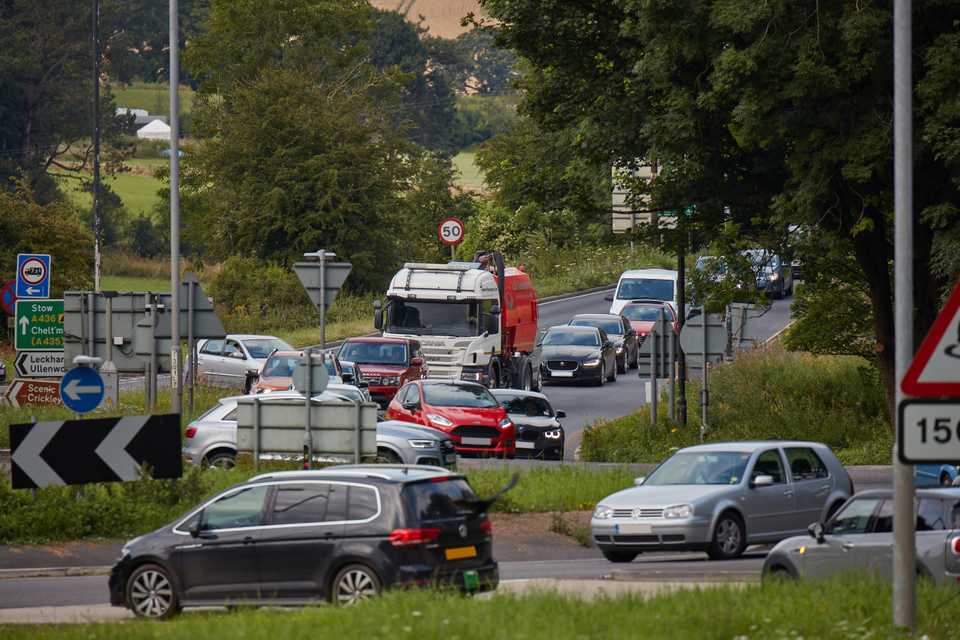PEI Report Chapter 1 : Click Here
PEI Report Figures : Click Here
PEI Report Appendices : Click Here

In 2014, the Government identified the A417 Missing Link in its first Road Investment Strategy (RIS1) 2015-2020, which sets out a five year investment programme for improvements to the Strategic Road Network. Work completed in RIS1 acknowledged that any solution for the Missing Link needs to take into account both the environmental sensitivity of the site and the importance of the route to the local economy. Funding for delivery of the proposed scheme was confirmed within the second Road Investment Strategy (RIS2 published in March 2020), which covers the period between 2020 and 2025.
The A417/A419 provides an important route between Gloucester, Cheltenham and Swindon that helps connect the West Midlands and the north to the south of England via the M5 and M4 motorways. While most of the route is dual carriageway, there is one section that isn’t. Known as the Missing Link, this three-mile stretch of single carriageway between the Brockworth bypass and Cowley roundabout severely restricts the flow of traffic.
Traffic congestion can be frequent and unpredictable, leading to motorists, including heavy goods vehicle drivers, diverting onto smaller local roads to avoid long delays. This causes difficulties for neighbouring communities as these local roads were not built to accommodate such a high level of traffic.
The sensitive nature of the Cotswold escarpment, the shape of the landscape and the area being part of the Cotswolds Area of Outstanding Natural Beauty (AONB) present particular environmental and engineering constraints on the scheme.
There are also specific planning and regulatory requirements that apply to development within the AONB including that we need to demonstrate a compelling reason for the improvement scheme, and show that the scheme demonstrates that any benefits outweigh the costs very significantly.
Over the years, there have been numerous attempts to find a solution, but for various reasons, including affordability and changes in investment priorities, these have never become a reality.
However, in recent years, the case for improvement has become far more compelling – to improve safety, support the economy, ease congestion and reduce pollution. On this stretch of road alone, there were 49 personal injury collisions between 2013 and April 2018, 10 of which were fatal.